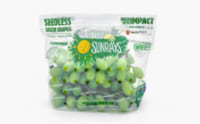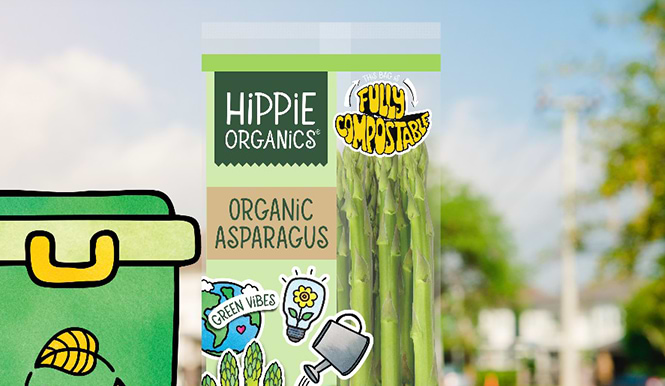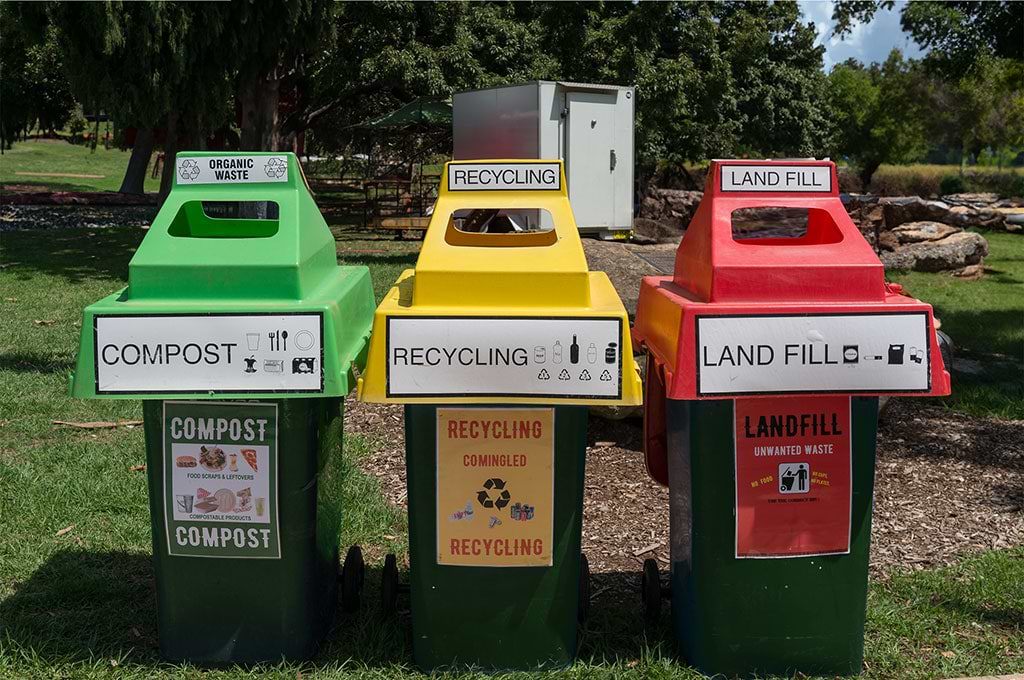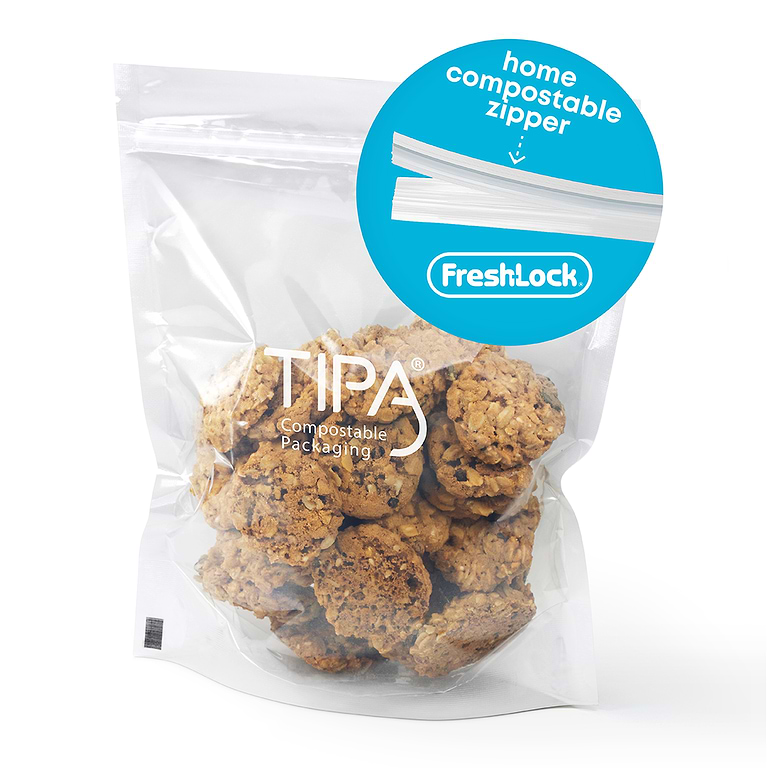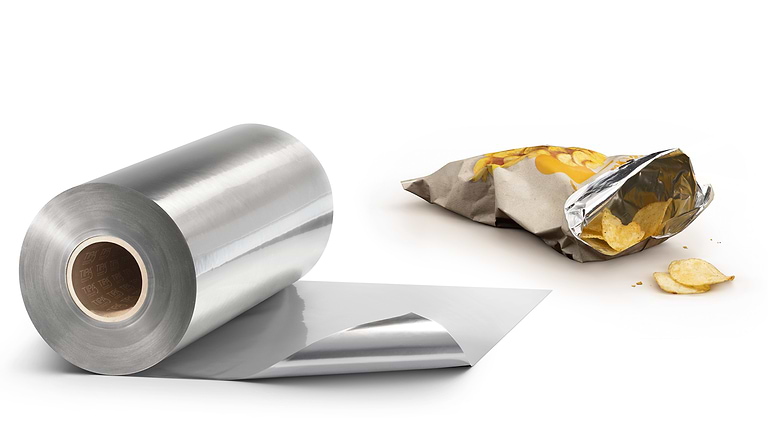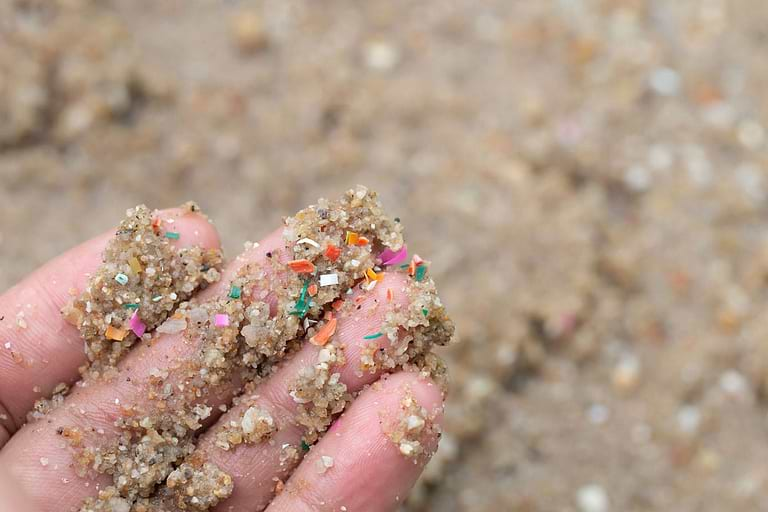The landscape of waste management in Australia is evolving, with a growing focus on kerbside collection of food and organic matter along with compostable packaging. This shift represents a significant step towards a more sustainable future, but it also presents challenges that require careful consideration and strategic planning. In recent years, there has been a push towards Food Organics and Garden Organics (FOGO) collection services across Australia. These services allow households to dispose of food waste and garden waste in the same bin, diverting organic material from landfills and reducing greenhouse gas emissions. However, the inclusion of compostable packaging in these collections is still a work in progress.
The integration of compostable packaging into FOGO systems necessitates rigorous testing and certification to ensure that the materials break down effectively in industrial composting facilities. Stakeholders must also address contamination issues, as non-compostable materials inadvertently placed in FOGO bins can disrupt the composting process. Public education campaigns are vital to inform consumers about proper disposal practices and the benefits of compostable packaging.
Currently, the acceptance of compostable packaging in FOGO bins varies significantly across different regions. In South Australia, for example, all 19 metropolitan council areas and 14 regional councils that have implemented FOGO systems accept certified compostable packaging and food service ware. This progressive approach sets a benchmark for other states to follow. However, the situation is not uniform across the country.
In some regions, pilot programs and trials are being conducted to assess the feasibility and benefits of including compostable packaging in FOGO collections. These initiatives are crucial for gathering data and developing best practices that can be adopted more broadly. Collaboration between local councils, waste management companies, and packaging manufacturers is essential to overcome the logistical and educational challenges associated with compostable packaging.
Many local councils do not yet accept compostable packaging in their FOGO kerbside collection services. This inconsistency creates confusion for consumers and challenges for businesses trying to adopt more sustainable packaging solutions. To address these issues, there’s a growing recognition of the need for a national standard for kerbside FOGO collection.
What is the Kerbside Collection Method?
The kerbside collection method is a system where waste materials are collected directly from the curb outside homes and businesses. This method typically involves separate bins for different types of waste, such as recyclables, compostables, and general waste. Recycling kerbside collection allows households to dispose of materials like paper, glass, plastics, and metals, which are then sorted, processed, and repurposed into new products. Similarly, composting kerbside collection involves the disposal of organic waste, including food scraps and garden waste, which are transported to composting facilities where they are broken down into nutrient-rich compost.
In Australia, the kerbside collection method has become an essential part of waste management, particularly in urban areas. The country has implemented various kerbside collection programs to promote recycling and composting, aiming to reduce the amount of waste sent to landfills. For example, many Australian cities have introduced Food Organics and Garden Organics (FOGO) bins, which allow residents to dispose of organic waste and compostable packaging. These initiatives are supported by public education campaigns to ensure proper sorting and disposal practices.
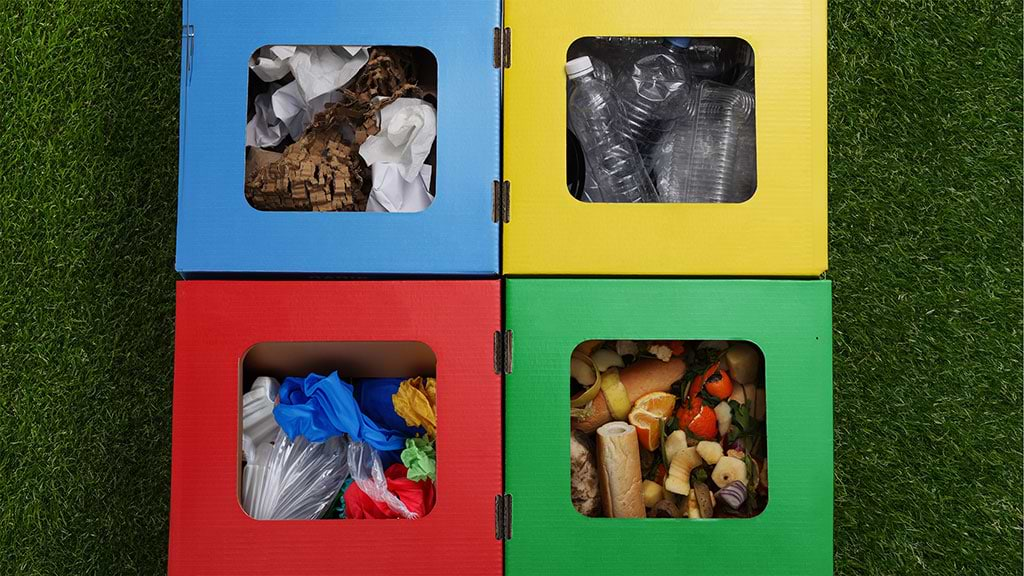
Several Kerbside Collection initiatives are underway across Australia:
Several kerbside collection initiatives are currently underway across Australia to enhance waste management and recycling efforts, particularly focusing on organic waste.
- Western Australia
The Waste Authority in Western Australia has committed to implementing Food Organics and Garden Organics (FOGO) services in all local governments within the Perth and Peel regions by 2025. This initiative aims to significantly expand the capacity for processing organic waste, potentially including compostable packaging, and is expected to cover over 90% of the Western Australian population. - South Australia
South Australia’s Waste Strategy 2020-2025 is focused on ensuring segregated food and organic waste collection systems for residential, commercial, and industrial premises in the Adelaide metropolitan area. This comprehensive approach aims to create a robust infrastructure for managing compostable materials, supporting the state’s broader waste management goals. South Australia is the leader in making sure compostable packaging is included in its kerbside collection program, and is leading the way in modern waste infrastructure and policy. - New South Wales
- The Compost Revolution is a notable initiative that began in 2010 as a collaborative effort among three councils in Sydney’s Eastern Suburbs (Waverley, Randwick, and Woollahra). This program aims to educate residents about composting and reduce organic waste sent to landfills. It has expanded to work with 32 councils across Australia, helping over 91,000 households divert more than 33,000 tonnes of waste from landfills, which has also contributed to significant reductions in greenhouse gas emissions.
- The Cool Compost initiative, launched by the NSW Environmental Protection Authority (EPA) in partnership with Circular Australia, aims to promote the benefits of composting. This program provides an online resource center that educates various stakeholders, including farmers, councils, and businesses, on how compost can enhance soil health and support sustainable practices. The initiative builds on the $7.5 million Organics Market Development program, which funded numerous projects to strengthen markets for compost made from kerbside organic waste
These initiatives reflect a growing commitment across various Australian states to improve waste management practices, particularly in the area of organic waste processing, thereby contributing to a more sustainable environment.
Despite these positive developments, challenges remain. One significant hurdle is the current regulatory framework. As we move forward, it’s crucial that all stakeholders – government bodies, waste management companies, packaging manufacturers, and consumers – work together to create a cohesive system for managing compostable packaging. This collaboration will be key to developing the necessary infrastructure and standards.
Public education also plays a critical role in the success of compostable packaging initiatives. Consumers need to be informed about the benefits of compostable packaging and how to properly dispose of it in FOGO bins. Clear labeling and consistent messaging can help reduce contamination and ensure that compostable materials are correctly processed. Educational campaigns should be paired with easy-to-understand guidelines, empowering consumers to make environmentally responsible choices.
The shift towards increased kerbside collection of compostable packaging in Australia represents a significant opportunity for environmental improvement. However, it requires careful planning, substantial investment in infrastructure, and a harmonized approach across different regions.
Additionally, ongoing research and innovation are essential to keep improving compostable packaging materials and processes. By investing in the development of new compostable materials that are easier to process and more effective in various composting environments, we can enhance the efficiency of kerbside collection systems. Continuous advancements will ensure that compostable packaging remains a viable and effective solution for reducing environmental impact.
As we continue to make progress in this area, we’re not just managing waste more effectively – we’re paving the way for a more sustainable and circular economy.
The main advantages of expanding kerbside collection of compostable packaging in Australia include:
- Increased diversion of organic waste from landfills: By collecting compostable packaging along with food and garden waste, more organic material can be diverted from landfills, reducing greenhouse gas emissions and environmental impact.
- Higher material recovery rates: Implementing better practice Food Organics and Garden Organics (FOGO) kerbside collection services can achieve material recovery rates of around 75-79%.
- Reduced carbon emissions: Diverting organic waste from landfills significantly reduces methane emissions, a potent greenhouse gas.
- Production of valuable compost: The collected organic material can be processed into nutrient-rich compost, which can be used to improve soil health and agricultural productivity.
- Support for circular economy goals: Increased collection and processing of compostable packaging aligns with national targets for waste reduction and circularity.
- Economic benefits: The composting industry contributes to the economy through job creation and reduced costs associated with landfill disposal.
- Improved soil health: The resulting compost can help regenerate depleted soils, improve water retention, and reduce erosion.
- Consistency and convenience for consumers: A standardized approach to kerbside collection of compostable packaging across regions can make it easier for households to participate in composting programs.
- Potential for carbon credits: Councils may be able to obtain Australian Carbon Credit Units (ACCUs) for source-separated organic waste, providing additional economic incentives.
- Alignment with national and global sustainability goals: Increasing compostable packaging collection supports Australia’s climate targets and contributes to sustainable development goals.
The Compostable Packaging Rise in Australia
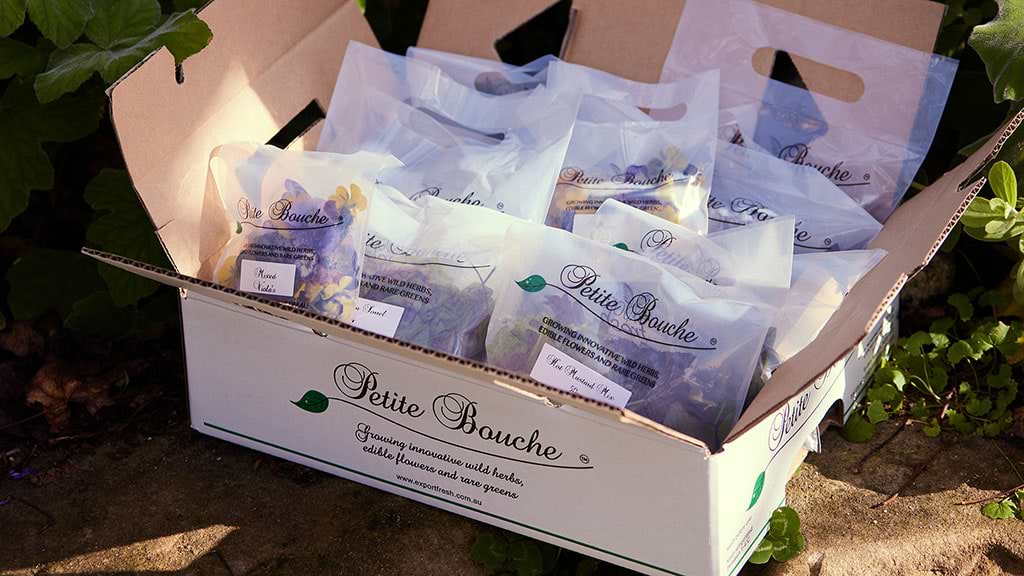
Compostable packaging has become a crucial component in the fight against environmental degradation. As the world grapples with the effects of plastic pollution, Australia is making significant strides with innovative, sustainable packaging solutions. The Australian market has seen a notable rise in the demand for eco-friendly packaging, driven by growing environmental awareness and regulatory pressures.
One of the most prominent sustainable packaging options is compostable packaging, which is designed to break down into non-toxic components in a compost environment, leaving no harmful residues. Unlike traditional plastic packaging, which can take hundreds of years to decompose, compostable packaging typically breaks down within months, reducing the burden on landfills and oceans.
Australia’s unique biodiversity and vast landscapes make sustainability a priority. Consumers and businesses alike are increasingly conscious of their environmental footprint, leading to a surge in demand for sustainable packaging solutions. This trend is reflected in the policies and regulations set by the Australian government, which aim to reduce plastic waste and promote eco-friendly alternatives.
Compostable packaging is essential in Australia due to its significant environmental benefits. Traditional packaging has a severe environmental impact. It contributes to landfill overflow, ocean pollution, and the release of toxic substances during decomposition. These materials are not only slow to break down but also harmful to wildlife and ecosystems.
Australian consumers are becoming more environmentally conscious, pushing businesses to adopt sustainable practices. This shift is driven by an increased awareness of the environmental impact of packaging and a desire to support companies that prioritize eco-friendly solutions.
TIPA is a pioneer in the compostable packaging industry, offering a range of products that mimic the properties of conventional plastic but are fully compostable. Their products include flexible films, laminates, and pouches designed for various applications. TIPA’s packaging solutions help reduce the environmental impact while maintaining product quality and shelf life, making them ideal for a wide range of products.TIPA has significantly grown local manufacturing capabilities and is now primed to help local brands make sustainable choices while supporting local businesses, local economies and help Australian manufacturing thrive.
Australian brands successfully using TIPA’s compostable packaging include CERES, Kadac, Jane Dough, and R&R Smith. These companies have adopted TIPA’s innovative solutions to reduce their environmental footprint and enhance their sustainability credentials. By choosing compostable packaging, they are not only meeting consumer demand for eco-friendly products but also setting an example for the industry.
In Summary
By implementing these kerbside collection systems for compostable packaging, Australia can make significant progress towards its waste reduction and sustainability objectives while realizing environmental and economic benefits.
Compostable packaging can be a key driver in helping move Australia to a more circular economy with the potential positive’s contributions justifying increased investment in the required infrastructure.










